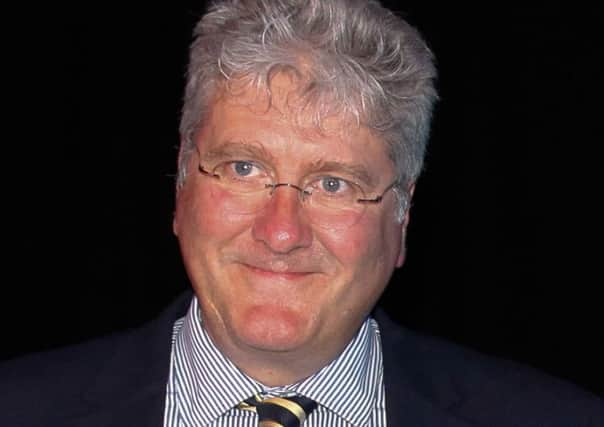Lothian wait-times staff acted from '˜best of intentions'


Tim Davison told Lothian health board local guidelines were drawn up on how waiting times should be recorded because staff found the national guidance was “vague and ambiguous”.
But an internal audit report found this approach led to the number of emergency patients waiting longer than the four hour target being under-reported in all four of NHS Lothian’s emergency departments - at the Royal Infirmary, the Western General, the Royal Hospital for Sick Children and St John’s Hospital, Livingston.
Advertisement
Hide AdAdvertisement
Hide AdAnd now Health Minister Shona Robison has ordered an independent external investigation too.
The internal audit also looked at allegations from a whistleblower of a culture of bullying and intimidation in the emergency department at St John’s. It concluded staff were under “pressure” beyond that of working in a busy department, but said none of those interviewed felt bullied or harassed.
Mr Davison - who was brought in to lead NHS Lothian five years ago after predecessor James Barbour retired in the wake of a scandal over doctored waiting time statistics and a bullying culture - said the latest findings were a major concern.
He said: “The fact that frontline staff have felt under such pressure and we have under-reported our waiting times breaches raises legitimate questions whether this is history repeating itself in Lothian after the previous experience some years ago.”
Advertisement
Hide AdAdvertisement
Hide AdMr Davison said efforts to promote a culture of openness and honesty had been at the top of the board’s agenda for the past five years.
“I don’t think it could have had greater prominence. Yet this report prompts serious soul searching and reflection on just how deep in our organisation the programme of change in culture has reached.”
He said staff felt under “intense pressure” across the system, but perhaps especially in emergency departments.
“The report tells us staff feel national guidance has been vague and ambiguous and perhaps not reflective of modern clinical practice that has developed since it was drawn up
Advertisement
Hide AdAdvertisement
Hide Ad“It tells us we developed our own local guidance to try to interpret that national guidance, with the best of intentions. That guidance was not hidden, it was very apparent in the emergency department at St John’s.
“Nevertheless it tells us that local guidance has drifted away from the national guidance compliance.”
Mr Davison said the situation raised questions about how NHS Lothian could better support its frontline staff, how it could ensure the guidance staff were following was accurate, clear and better monitored, and whether national guidance was still fit for purpose or whether it could be improved.
But he said: “Our response will not be based on allocating blame and punishment but understanding what has happened, why it has happened and what we can do better to support our staff to do the right thing.”
Advertisement
Hide AdAdvertisement
Hide AdThe internal audit found the number of discharges which were initially recorded as breaching the four-hour target but later altered to being within it almost doubled from 5.7 per cent in October 2015 to 10.5 per cent in September 2017.
During discussion at yesterday’s board meeting, Mr Davison launched an attack on the target culture.
He said: “What has become apparent to me is just how all-consuming management of the target is for the nurse in charge of the shift. They effectively spend their time managing the screen as opposed to managing their department.”
And board member Dr Richard Williams, a former Leith GP, said: “Perhaps we need to be bold and say we may miss targets, but we will make sure patients get the best possible care.”